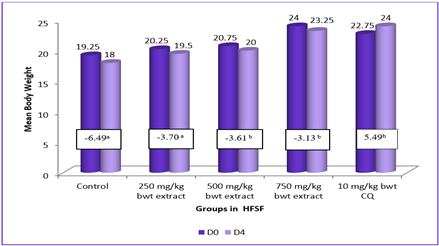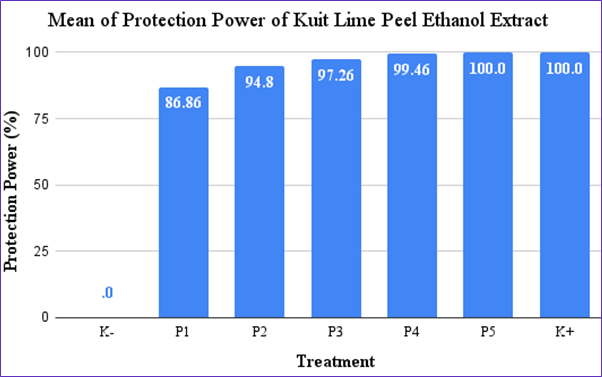Prevalence of Small Intestine Cestodes in Goat at Pegirian Slaughterhouse Surabaya
Downloads
This study was conducted to determine the prevalence of small Intestine cestodes in goat at Pegirian Slaughterhouse Surabaya with gastrointestinal dissection method. Thirty-six samples of goat's small intestine, twenty-five from Kacang goats and eleven from Ettawa-cross (PE) goats, were collected from Pegirian Slaughterhouse Surabaya on May 2018. Fresh adult worms were collected with gastrointestinal dissection and microscopically identified. The result showed that cestodes infections could be identified in three (12%) of Kacang goats and three (27.27%) of PE goats. The cestode infections were identified five positive samples (19.23%) in male goat and one positive sample (10%) in female goat, while determined by the ages found three positive samples (17.64%) in under two years old goats and three positive samples (15.78%) in more than or equal two years old goats. The Chi-Square statistical test (p >0.05) showed there was no significant correlation from the race, sex, and ages of goats on the prevalence of Moniezia expansa.
Ananda, K.J., N.K. Dhanaresh, D.S. Malatesh. 2016. Sero-Prevalence of Moneizia expansa Infection in Sheep by Indirect- ELISA Using Somatic Antigen. Veterinary Research International; 4(1): 45-49.
Beriajaya and D.B. Copeman. 1997. An Estimate of Seasonality andIntensity of Infection with Gastrointestinal Nematodes in Sheep and Goats in West Java. Jurnal Ilmu Ternak dan Veteriner; 2(4): 270-276.
Chilton, N., M. O'Callaghan, I. Beveridge, R. Andrews. 2007. Genetic Markers to Distinguish Moniezia expansa from M. benedeni. Parasitology Research, 100: 1187-1192.Devendra and Burns. 1994. Produksi Kambing di Daerah Tropis. Penerbit ITB.
El-Dakhly, Kh.M., Sh.M. Abo El-Hadid, M.A. El-Askalany, T. Yanai. 2012. An Abbatoir-Based Study on Helminths of Slaughtered Sheep in Beni-Suef, Egypt. Beni-Suef University Journal of Applied Sciences; 1(1): 49-60.
Fuentes, S.V., M. Saez, M. Trelis., C. Munos-atoli, dan G.J. Esteban. 2004. The Helminth Community of Apodemus Sylvaticus (Rodentia, Muridae) in TheSierra de Gredos (Spain). Arxius de Miscel Idnia Zoologica; 2:1-6.
Kuhlmann, W.F. 2006. Preservation, Staining, and Mounting Parasite Speciment.
Mukti, F., I.B.M. Oka., and I.M. Dewinata. 2016. Prevalensi Cacing Nematoda Saluran Pencernaan pada Kambing Peranakan Ettawa di Kecamatan Siliragung, Kabupaten Banyuwangi, Jawa Timur. Indonesia Medicus Veterinus; 5(4): 330-336.
Sarwono B. 2011. Beternak Kambing Unggul. Penebar Swadaya. Jakarta.
Subekti, S., S.M. Mumpuni, dan Kusnoto. 2011. Buku Ajar Ilmu Penyakit Helmint. Airlangga University Press. Surabaya.
Wibowo, E. S. 2002. Statistik Penelitian dan Aplikasinya dengan SPSS 10.0 for Windows. Penerbit Alfabeta Bandung.
Wirawan, M. 2010. Survey Karkas Sapi Potong di RPH Pegirian Kota Surabaya. Sekertariat Ditjen Peternakan.
Copyright (c) 2019 Journal of Parasite Science

This work is licensed under a Creative Commons Attribution-NonCommercial-ShareAlike 4.0 International License.
- Every manuscript submitted to must observe the policy and terms set by the Journal of Parasite Science
- Publication rights to manuscript content published by the Journal of Parasite Science is owned by the Journal of Parasite Science with the consent and approval of the author(s) concerned
- Authors and other parties are bound to the Creative Commons Attribution-NonCommercial-ShareAlike 4.0 International License for the published articles, legal formal aspect of journal publication accessibility refers to Creative Commons Attribution-NonCommercial-ShareAlike 4.0 International License (CC BY-NC-SA)
- By submitting the manuscript, the author agrees to the requirement that the copyright of the submitted article will be transferred to Journal of Parasite Science as the publisher of the journal. The intended copyright includes the right to publish articles in various forms (including reprints). journal of parasite science retains the publishing rights to published articles.

































